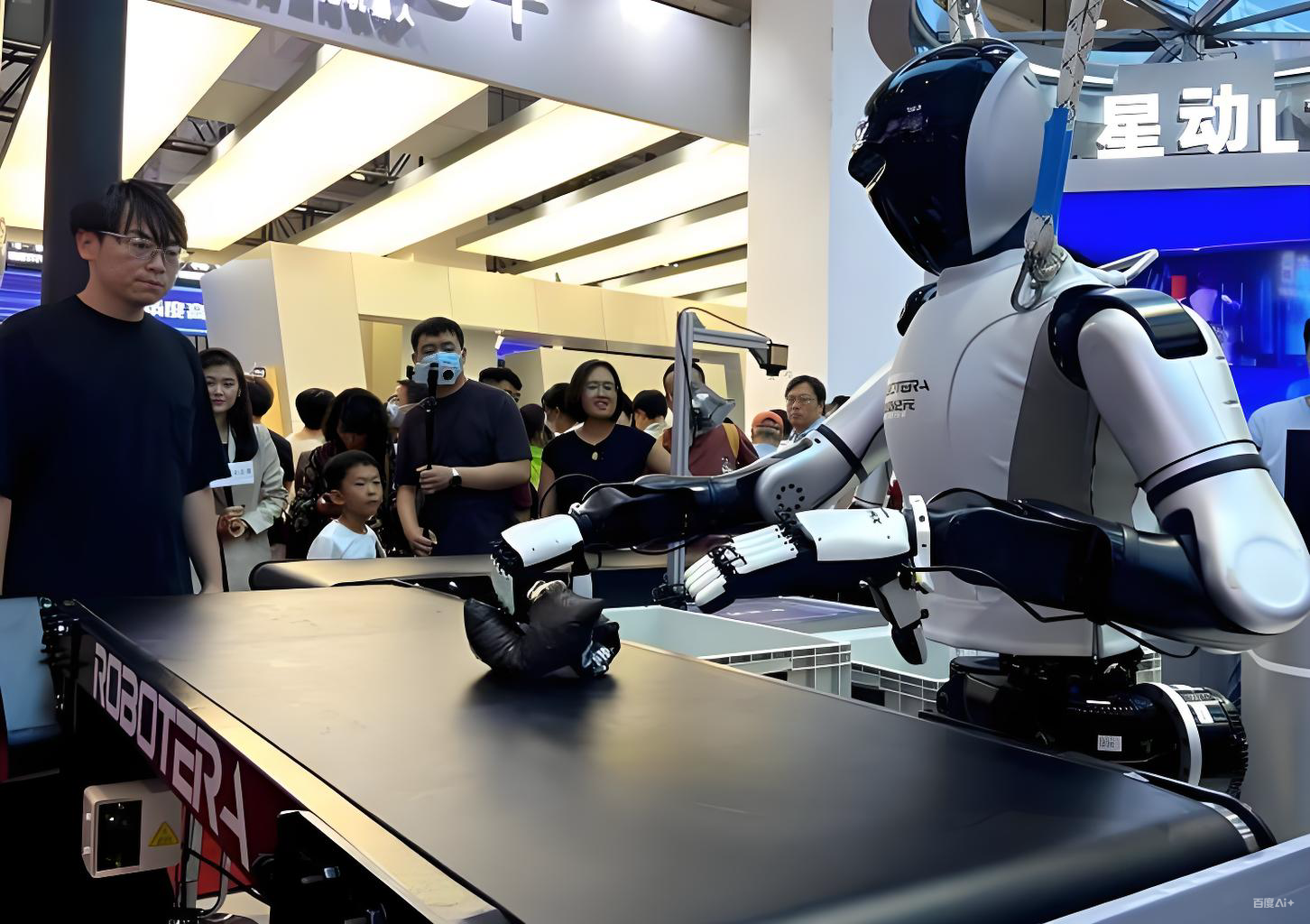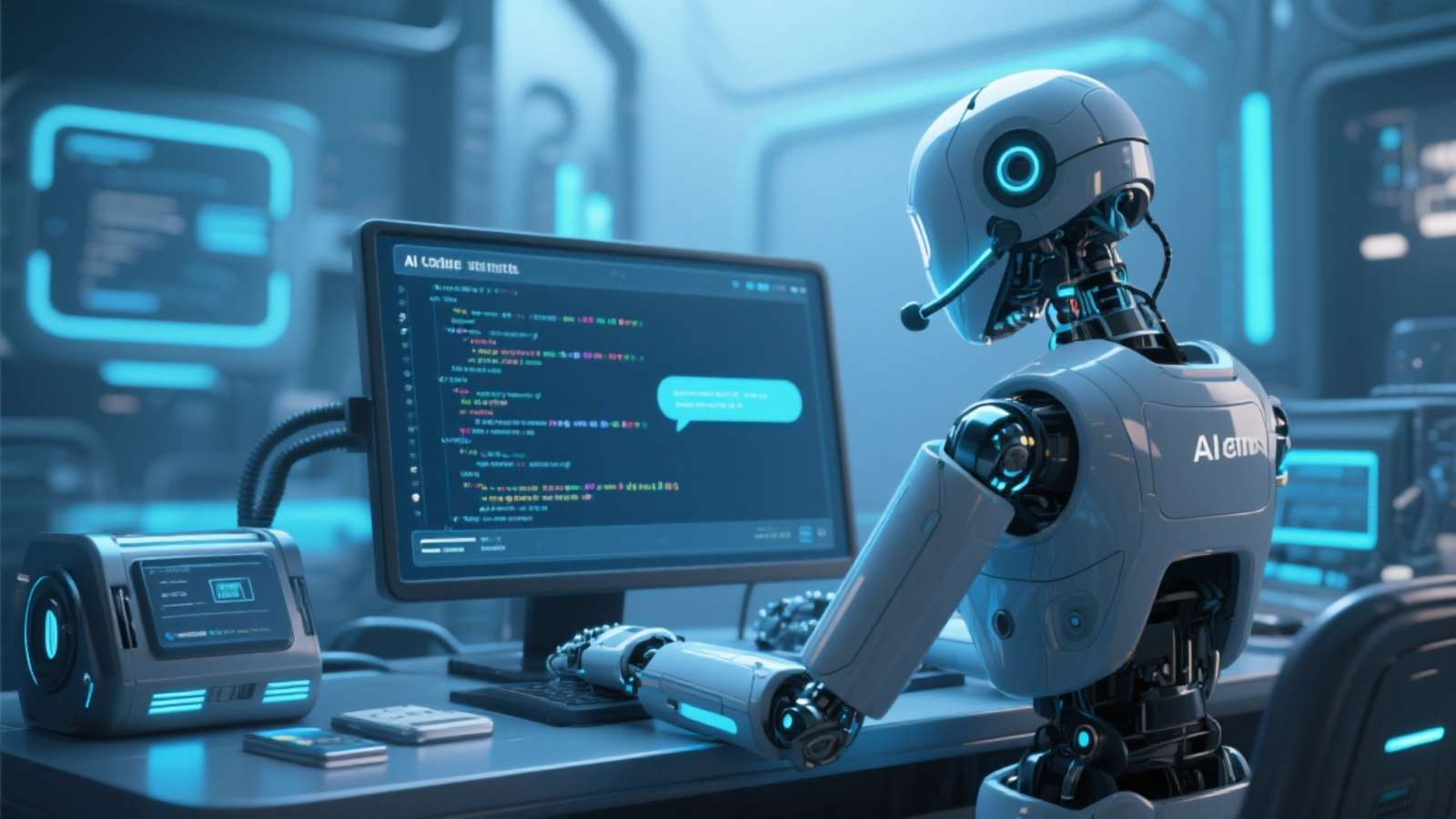Last year, the sales volume of humanoid robots in China was only a few hundred units, and it is estimated that there will be around 20000 units sold by the end of this year. Recently, at the ROSCon China2025 global technology conference for robot developers held in Shanghai, Liu Li, the head of the Beijing Humanoid Robot Innovation Center, revealed the current market situation of the humanoid robot industry.
According to data from GGII (Institute of Advanced Robotics Industry), the sales of humanoid robots in China will be around 800 units in 2024, and over 4000 units in the first half of 2025. Over the past year, from “laboratory prototypes” to “mass delivery”, the humanoid robot industry is accelerating towards mass production. However, the other side of the soaring industry heat is the reality of limited shipment volume, high cost and large investment, and low return on investment.
The landing scenarios for humanoid robots are currently limited
Humanoid robots have previously been listed as one of the “Ten Key Directions for Future Industries” by the Ministry of Industry and Information Technology, and production and testing bases are being established in many parts of the country. However, despite significant growth, the current market is still mainly focused on research, education, and B-end fields with secondary development capabilities, and the consumer C-end market has not yet truly opened up.
Liu Yili stated that currently, humanoid robots are mainly focused on demonstration applications, such as in inspection and navigation scenarios; Secondly, it is concentrated in the factory to transport boxes, and this robot form is more of a wheeled chassis combined with cooperative arms. After the scene runs smoothly, humanoid robots may directly enter this type of scene; The scenario of home-based elderly care is the final step in the application of robots.
Gu Qiang, co-founder of the ROS Robot Community at Guyueju, believes that although the scenarios that truly meet the needs and have payment capabilities have been identified, such as some professional industrial scenarios, the integration between technology and actual needs is still insufficient, and a large-scale implementation path has not yet been formed.
The market for humanoid robots is not yet mature, but it seems to be starting a price war.
Tao Ye, founder of Zhineng Automotive and Zhineng Zhixin, pointed out that the main bottleneck facing the commercialization of humanoid robots is the low ROI (return on investment), which makes it difficult to obtain returns from a one-time investment. ”
Tan Weijia, Secretary General of the Shenzhen Robot Association, also pointed out that due to the high development cost of cross domain applications of robots, enterprises are more inclined to choose mature fields for landing, and this convergence of strategies has led to limited competition and price wars.
Liu Yili candidly stated, “Nowadays, many robot companies are rolling up prices, approaching the bottom line, and even losing money.” At this stage, there are many entrants in the robot industry, which may not be a good thing. The mass production of humanoid robots has just begun, and the process flow, testing standards, performance standards, and even the standards for key module interfaces of the robots have not been fully finalized. In this case, the significance of the price of the roll is not significant.
Gu Qiang, co-founder of Gu Yueju, compared the current stage of development of humanoid robots to the era of mobile phones when they first appeared, with high prices that can only be reduced after achieving scale. Even if there are robots that sell very expensive, there will still be economical robots that can enter thousands of households. Gu Qiang is concerned that a price war may ultimately lead to a vicious cycle, as “price internalization approaching raw materials may result in innovation becoming a significant burden, and there will be no opportunity to expand new application scenarios
Liu Yili believes that the value of humanoid robots should not be measured solely by cost. If humanoid robots are just emotionless construction machinery, then they are just material costs. The real value lies in added value – being able to provide emotional value and long-term companionship for people. If prices continue to spiral inward, it will lead to fewer and fewer new entrants, and the upstream industry chain of robots will also become increasingly saturated.
He depicted an idealized future vision: “A child is accompanied by a humanoid robot from birth to growth, marriage, and retirement. This is the state we hope technology will ultimately achieve
From ‘bulk robots’ to embodied intelligence
During the roundtable discussion, several guests mentioned that the current problem of robots being “loose” is prominent – the development of each module is fragmented and has not yet formed a system intelligence.
Zhu Huazhang, an expert in perception and autonomous system technology at the National and Local Collaborative Humanoid Robot Innovation Center, pointed out that “robots that can play kung fu now only know kung fu, and those that will flip after the game will only flip after the game. We need to make robots truly become tools that can solve real-world problems, rather than flashy products
He believes that enterprises and capital should invest more resources in core technologies and general intelligence capabilities, “first making robots usable, and then discussing whether they can be lowered in price to enter households
Tao Ye emphasized that the landing of humanoid robots will be an evolutionary process from structured to semi-structured, and then to unstructured. For example, using wheeled robots in the preset flat factory area first; Gradually enter the semi-structured scenario and find the scenario where the requirements are implemented under specific requirements. As for home-based elderly care, it is definitely a killer scenario, and there is still a long way to go in between
Based on observations of the application of humanoid robots in the market, Liu Yili also believes that in the short term, inspection tours will become the first demonstration scenarios. In addition, in the field of handling, a solution of wheeled chassis and cooperative arms will be adopted first. After the technology matures, bipedal humanoid robots will gradually follow suit. The scene of elderly care and companionship is the final step in the commercialization path.
Tao Ye believes that innovative models such as RaaS (Robot-as-a-Service) can be adopted in this process, reducing users’ financial pressure through leasing and other service forms, allowing commercial scenarios to quickly test the waters, and continuously optimize and iterate in practice.
Zhu Huazhang believes that humanoid robots are a kind of very advanced productivity, and “similar emerging products need a period of investment regardless of cost. Slowly, after the technology has matured, there will be demand for them.” Historic computer, Internet and aerospace technologies have basically followed such a development history.
He stated that the current field of humanoid robots is in a benign development stage, showing a trend of “blooming everywhere”, with every sub technology and sub module developing towards a feasible direction. Once the technology matures and costs are reduced, the industrial chain will naturally become more dynamic. We don’t have to feel anxious about this, let market demand drive the development of technology
In Tan Weijia’s view, before the “GPT moment” of embodied intelligence arrives, there is also the possibility of “laying eggs along the way” to create commercial value. However, the implementation cannot rely solely on machine manufacturers, but must be jointly promoted with system integrators and scene parties. After all, it is the users themselves who truly understand the scene know-how. ”
Where is the future of humanoid robots
The development path of humanoid robots has always been accompanied by a fundamental controversy over whether humanoid form is necessary. Some people believe that it is the ultimate form of technology, while others question its engineering significance and commercial rationality.
Liu Yili pointed out from a functional perspective that bipedal figures have irreplaceable terrain passability and can easily cope with complex environments such as stairs and potholes, which cannot be compared to wheeled chassis.
Gu Qiang proposed another value of humanoid form, just as in F1 races, racing cars, drivers, and racing suits have become symbols of sportsmanship, “humanoid form can also convey other additional information, energy, or spirit
Tao Ye emphasized that human form is the ultimate form that best meets human intuitive expectations. The scenes we live in, such as circular doorknobs, are designed for humans. Machine evolution needs to adapt to this environment as soon as possible. The more human like it is, the lower the communication and learning costs it needs to pay.
In her opinion, the current large number of efficiency oriented non humanoid robots are only temporary products, and in the long run, robots should meet the ultimate need for companionship like humans. She believes that the ultimate goal of robots is anthropomorphism.
Liu Yili predicts that the popularization of humanoid robots will go through two stages. In the short term, robot 4S stores will gradually become popular, just like cars used to be; In the long run, humanoid robots will gradually replace dangerous jobs that can harm humans. Meanwhile, social needs such as elderly care companionship and education for left behind children are also expected to be alleviated through robots.
Gu Qiang proposed the concept of “Universal Robot”, believing that when robots become infrastructure like water, electricity, and networks, it means a true revolution in new quality productivity.
Perhaps the moment when robots step onto the streets and are no longer watched by people, it truly signifies their integration into human society.
















暂无评论内容